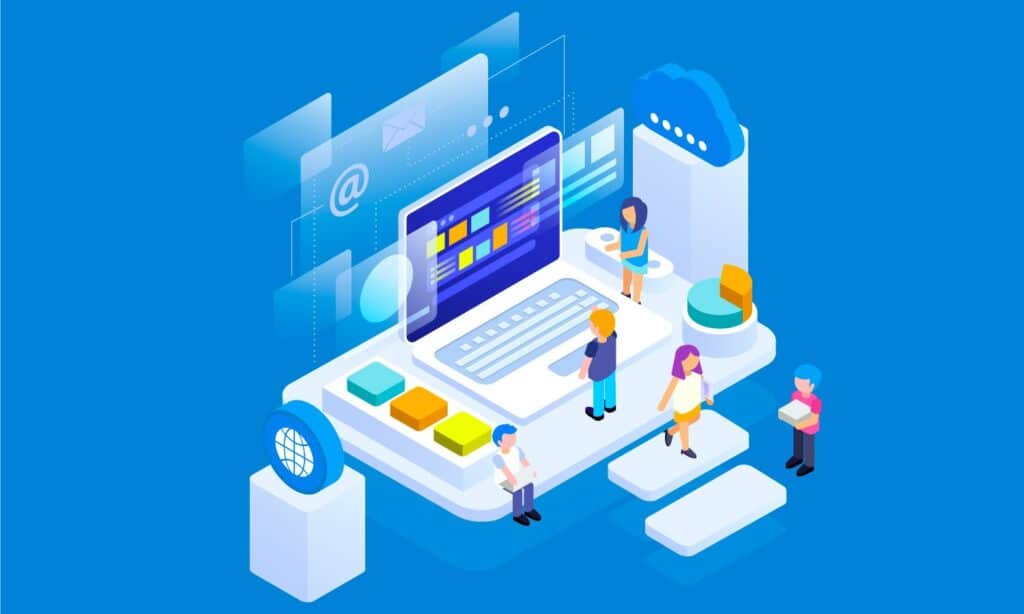Tech tools that support inclusive education

In the realm of education, integrating technology has been pivotal in creating more inclusive learning environments. This blog post delves into the array of technological tools that foster an all-encompassing educational experience, ensuring that all learners, regardless of their abilities, have equal access to information and learning opportunities. E-commerce plays a surprisingly significant role in this transformation by providing access to these technologies.
From assistive technologies to collaborative platforms, we explore how the digital age is reinventing the way students learn and teachers teach, paving the way for an educational landscape that celebrates diversity, accommodates differences, and promotes equality.
Digital Platforms for Enhanced Learning
Digital platforms have revolutionized the educational space by offering a variety of resources tailored to meet diverse learner needs. Interactive learning software, video tutorials, and customizable content enable educators to cater to individual learning styles, making education more accessible.
Within this digital transformation, e-commerce platforms have emerged as key facilitators, providing easy access to necessary educational technologies and resources. This not only broadens the scope of options available but also ensures that educational tools are more widely accessible.
E-commerce sites specializing in educational resources offer a plethora of tools, from software that improves reading fluency to apps that assist with mathematical problem-solving. The convenience of access further breaks down barriers to education.
Moreover, these platforms often feature reviews and recommendations, helping educators and learners select the most effective tools for their unique needs.
Assistive Technologies: A Gateway to Inclusion
Assistive technologies play a crucial role in inclusive education by providing solutions tailored for learners with disabilities. Text-to-speech software, screen readers, and Braille keyboards enable students with visual impairments to access digital content effortlessly.
Speech-to-text tools and communication applications offer avenues for those with speech and language challenges to engage fully in classroom discussions. E-commerce sites have significantly simplified the process of acquiring these technologies, thereby fostering a more inclusive learning environment.
Accessibility features integrated into mainstream technology also reflect the growing commitment to inclusivity, demonstrating how the widespread availability of these tools can be transformative.
Collaborative Learning Technologies
Collaboration is a cornerstone of modern educational methodologies, and technology has brought forward innovative solutions that facilitate group learning. Virtual classrooms and project management tools enable students to work together regardless of physical location.
The use of these technologies encourages the development of important life skills such as communication, problem-solving, and teamwork. E-commerce platforms often offer bundled educational tools, making it cost-effective for institutions to adopt collaborative learning technologies.
Moreover, these tools come with features that promote accessibility and inclusion, such as real-time captioning and language translation, ensuring that all students can participate fully.
As collaborative projects become a staple in educational settings, these technologies are invaluable in promoting an inclusive culture.
The role of e-commerce in this context is vital, as it ensures that these collaborative tools are readily accessible to educational institutions and learners.
Cloud-Based Solutions for Universal Access
Cloud-based educational solutions ensure that learning resources are accessible anywhere, at any time, breaking down geographical and socio-economic barriers to education. This flexibility is essential for creating an inclusive educational environment where every learner has the opportunity to succeed.
E-commerce platforms offering cloud-based educational services make it easier for schools and individuals to adopt these solutions, further enhancing learning accessibility.
These platforms also support a variety of payment options, making it feasible for schools with limited resources to integrate advanced technological tools into their curriculum.
In summary, the integration of technology in education, supported by the vast array of resources available through e-commerce, has laid the foundation for a more inclusive educational landscape. By harnessing the power of digital tools, educators can create learning environments that recognize and accommodate the diverse needs of all students, ensuring no one is left behind. As we move forward, the continued evolution of these technologies promises even greater opportunities for inclusive education.

Related